Open science in ten global trends
Published 26 September 2017 by la rédaction
Lambert Heller, head of TIB Open Science Lab at Leibniz University presents in his column ten global trends affecting informal science learning.
1. Open Science
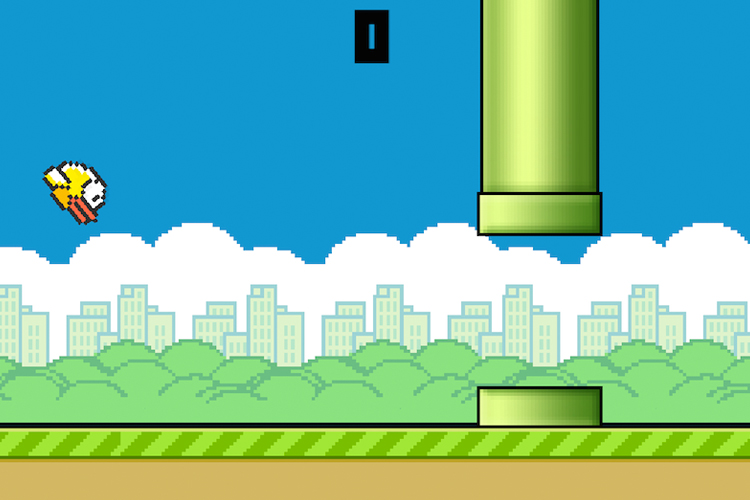
Since its inception, the World Wide Web has been a medium of information exchange between scientists. Since then, digitalisation has gone even further: research results today are mostly “born digital” and are by now in large parts freely available on the web; raw research data is shared in the same way, and by now a young generation of scientists tend to connect and work all the time on the web. Millions of researchers use e.g. ResearchGate, a “Facebook for scientists”, on a regular bases. This kind of openness is about to set new standards in regard to what society—channeled mostly through the policies of funding organizations—expects from research. A high level of transparency, that covers the whole research cycle, is set out to prevent fraud and waste of resources. By transferring experiences from other cultures of openness (see next item), researchers enable more opportunities to work together, often even based on the very same tools that are useful in the collaborative development of free and open source software, like the code version management site GitHub.
Read our article: “The Github example of commons”
2. Culture of openness
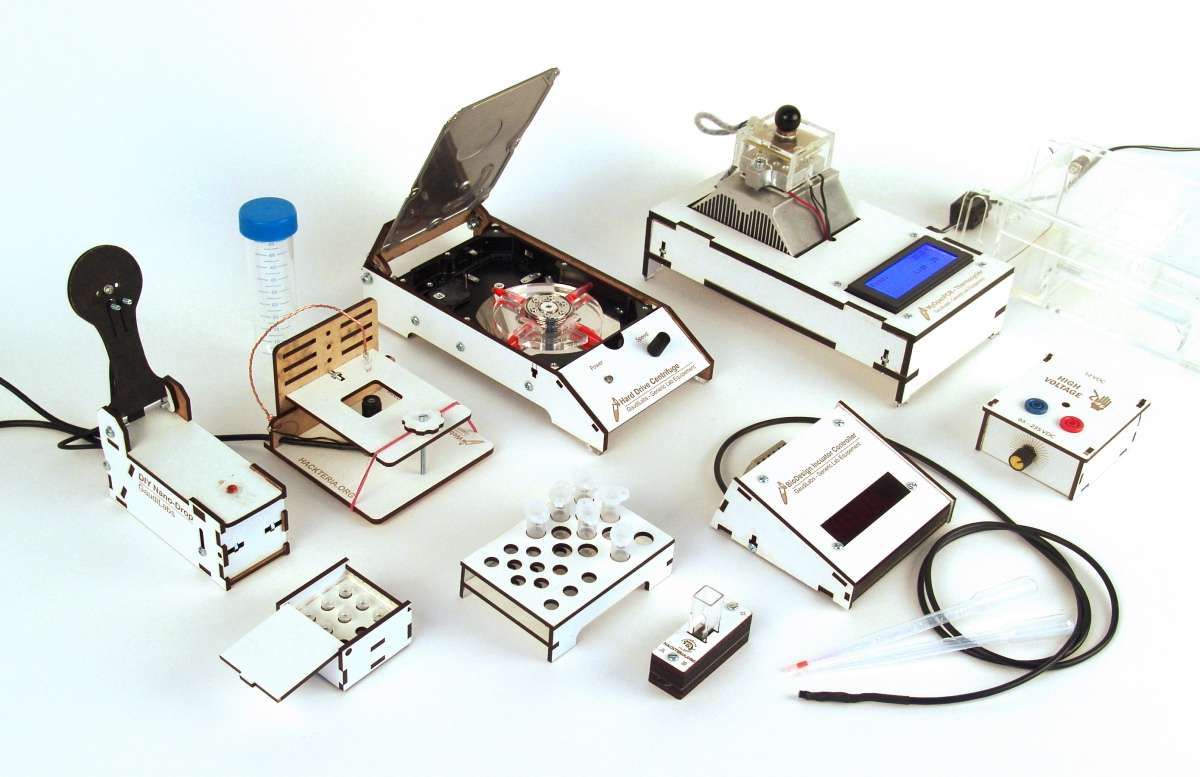
Not only in science, but also in arts and technology, we see a growing treasure of openly available artifacts on the internet. Next to broadband internet connections (which are still an issue in some European countries) and storage facilities becoming cheaper and more reliable every year, an important tool that helps to make sure everybody can really make use of all that material are licences for free cultural works put forward by Creative Commons and others. Today, we experience a growing culture of sharing and collaboration that enables users to keep track of changes and original sources, and incentivises us to build upon what we have, and share new artifacts with the world.
More about: “Commoners of the world, let’s defend ourselves!”
3. Ubiquitous availability of multimedia
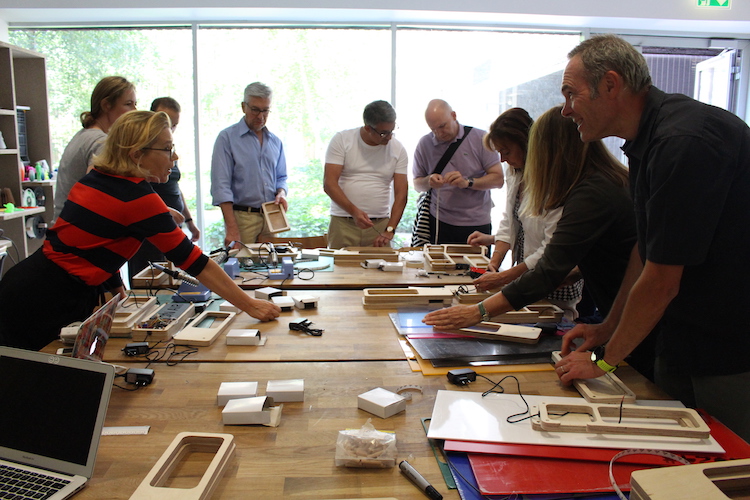
While the Gutenberg galaxy was about a revolution in spreading knowledge by means of the written word, the web turned out to be a medium of pictures and video as well. 300 hours of video are uploaded to YouTube every minute, which is by now the third most popular website worldwide. And sites like YouTube are about far more than entertainment: many of the most well established educational institutions worldwide today share most or all of their lectures as video recordings for free. But what seems even more important to science learning is that online video inspired whole new genres of knowledge spreading. MOOCs (massive open online courses) already reach multiple millions of people worldwide, mostly by utilizing video to let people take a course remotely, often in their spare time. Short science videos (SSV) make use of videos to let people learn about a certain subject, often complementing more traditional media (like text-based articles), and almost always in an informal setting.
4. Web 2.0 and Crowdsourcing
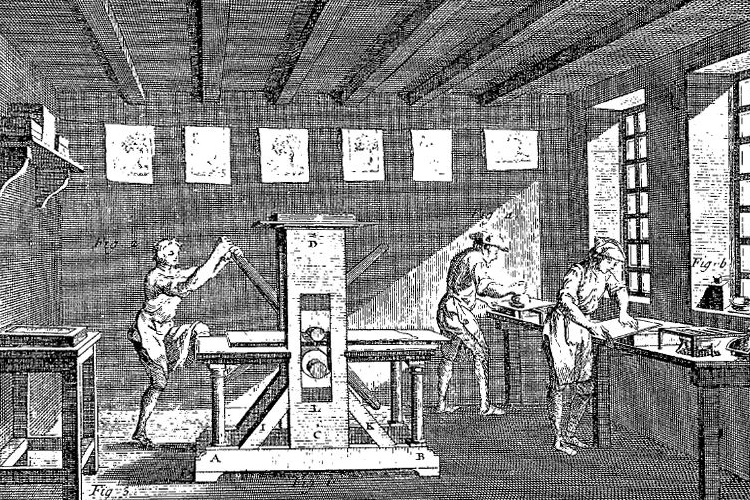
For those who are not (or at least not formally) involved in science, information gathering has mostly moved to the web as well. What we know is what we can find via Google—or what finds us on various social media channels. Knowledge creation and knowledge exchange happens for millions of young people online. Often this entails more than just consuming information prepared by others. Since the “Web 2.0” famously turned the internet to a medium in read/write mode, it opened unique opportunities to gather, analyse and expand upon knowledge by large groups of people. A cornerstone of this development is Wikipedia, a hugely popular, free encyclopedia that anyone can edit. Wikipedia as well as successful free and open source software projects prove that it is possible (and often highly useful) to let a virtually unlimited number of people contribute to a project in different roles. Crowdsourcing in science allows researchers to go far beyond letting people passively know about their research.
5. Citizen Science
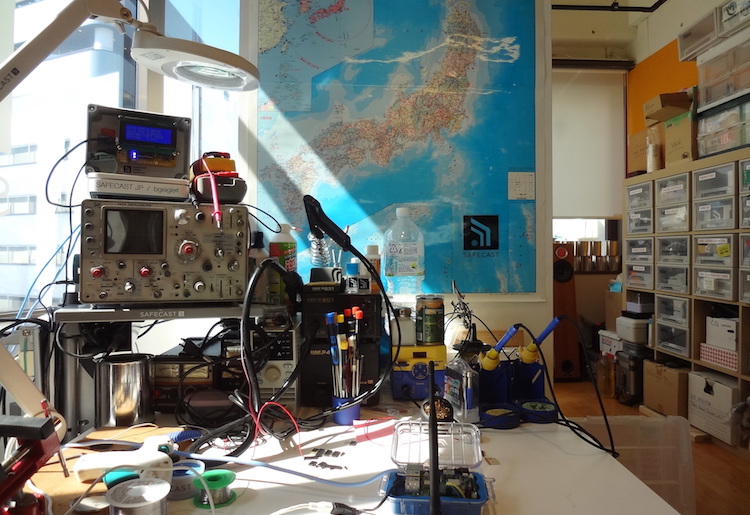
Digitalisation paved the way towards Open Access, i.e. nowadays everybody can instantly get hold of virtually every research result. But on top of that, increasingly people outside of research departments get actively involved in the research process itself. With the help of the many, data can be gathered on a broader scale, tasks in analyzing the data can be crowdsourced, and finally, discussion and the inception of new ideas can involve everybody who is interested in a certain topic. While Open Science is about carrying out research on the open web, thereby mostly helping science professionals to collaborate efficiently with one another, citizen science goes one step further, raising the question of whether categories like “professional scientist” and “simple citizen” still cut it. Clearly, citizen science holds great potential for the transparency, creativity, and ambition as well as the democratic legitimation of research. Science communicators and educators in cultural heritage institutions (like galleries, libraries, archives, and museums) as well as in research institutions are quickly learning and adapting. Next to the rather passive “visitor” type of citizen from the 20th century, they now face the unique opportunity to work with citizens from “outside” their institution, who are engaging with their respective collections and research on a whole new level.
Read our article: “Five years after Fukushima, Safecast tackles air quality”
6. Fablabs, Maker-, (Bio-)Hacking-, Art-, Coworking-Spaces
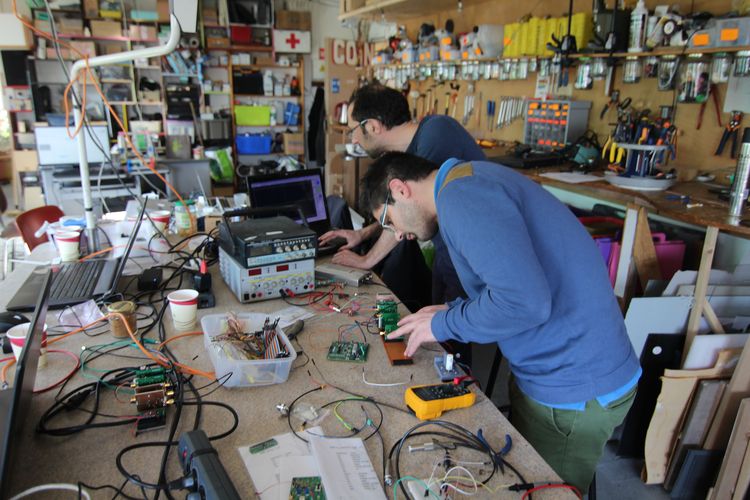
On top of “traditional” citizen science, recent years have seen the spreading of fablabs, makerspaces and other grassroot type initiatives, that “do not wait to get involved”. Instead, these initiatives gives citizens a physical space where they encourage and empower each other to start experimenting, creating and, more generally, “making” on their own. While these emergent phenomena are necessarily based on some new technical opportunities (next to digitisation itself, mostly the availability of rather cheap physical equipment, like, e.g. 3D printing machines and other rapid prototyping devices), they very often share the spirit of giving people opportunities to participate in technological opportunities in a substantial way. Therefore, the shared physical space is quite often used for e.g. programming courses for children as well.
On the same topic: “Why fablabs could be the transition tools of France’s regions”
7. Lifelong learning
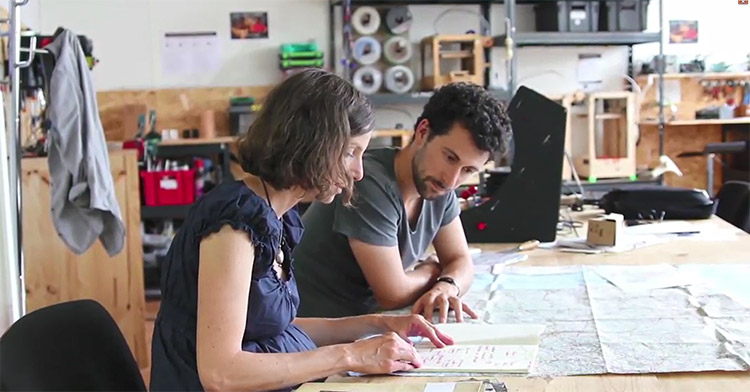
With the majority of workplaces in Europe becoming centered around new means of information and communication technology (ICT), required skills evolve faster, and require an overall much more flexible, digitally literate work style. Educational institutions turn to “learning to learn” as a new centerpiece of the curriculum. Lifelong learning therefore has become the new norm, with millions of adult learners around the globe constantly looking out either for formal or nonformal continued education activities, like e.g. participating in a MOOC, or informal “quick knowledge fixes”, making use of openly available and findable knowledge pieces. Interestingly, both types of activities already shape how citizens perceive themselves as active learners, thus shaping their expectations on formal research and education.
8. Blockchain and reproducible science without intermediaries

Initially thought out as the basic technology behind the virtual currency “Bitcoin”, blockchains turned out as a highly transparent and reliable way to provide communities with databases and virtual applications that do not need to be controlled by a central trusted authority. In particular, in fields where professional brokers like notaries, state offices and banks were needed to mediate contracts, the potential of blockchains is already recognized. In science, blockchains will support decentralized ways of identifying, keeping and reproducing data points of all kinds, furthering the trend towards provable research taking place on the open web, and an even more global division of labor in science. New mechanisms of reputation, funding and other incentives may adapt to possible new standard levels of transparency in science set by blockchains soon. Therefore, the meaning of traditional institutional boundaries in performing science as well as learning science will further erode, giving place to new roles and activities of citizens.
More about: “MIT’s Joi Ito is worried about the situation of Bitcoin and the Blockchain”
9. Art and Science
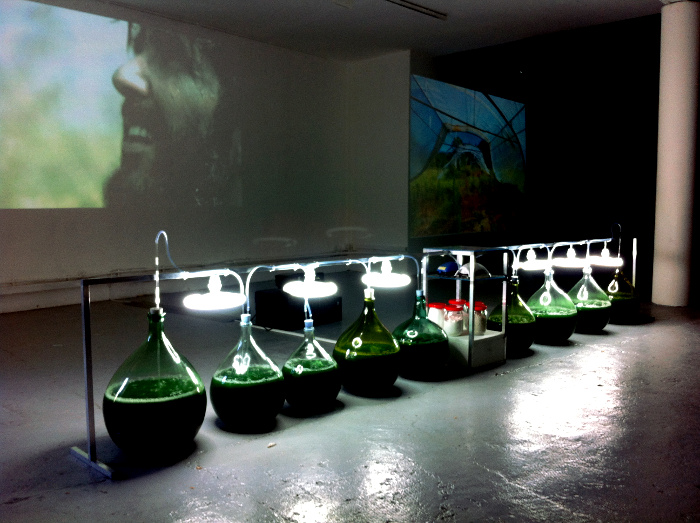
Innovative art as well as innovative science are problematizing by nature. Scientists, however, do not always have the tools, time and objectives to focus on the fundamental social and ethical implications of their work, for example, what it means to be human in a world of human enhancement possibilities. Artists are more than lubricants of technological innovation; they have the power to change our understanding of the world. But while science and technology may often be focused on answers and tools, artists dare to pose radical questions and to dissent in ways fundamental to what it means to be human. In practice this may mean that artists question technological approaches more categorically than envisaged. On the other hand, we have seen artists succeed in making complex science and technology not only visible, but also graspable and indeed touchable, and therefore understandable in a myriad of new ways. Just one example of this are developments in the area of virtual reality, augmented reality and mixed reality, where barriers between applications in science, industry, games and arts are fluid. Artists and scientists in their practice share a range of objectives, most notably their curiosity and desire to have an impact.
Artists are extending the reach of science in informal ways, and are educating through production and manifestation of science related artworks in cultural infrastructure.
Read our article: “Border Sessions, 48h on the frontiers of science”
10. Gamified Science
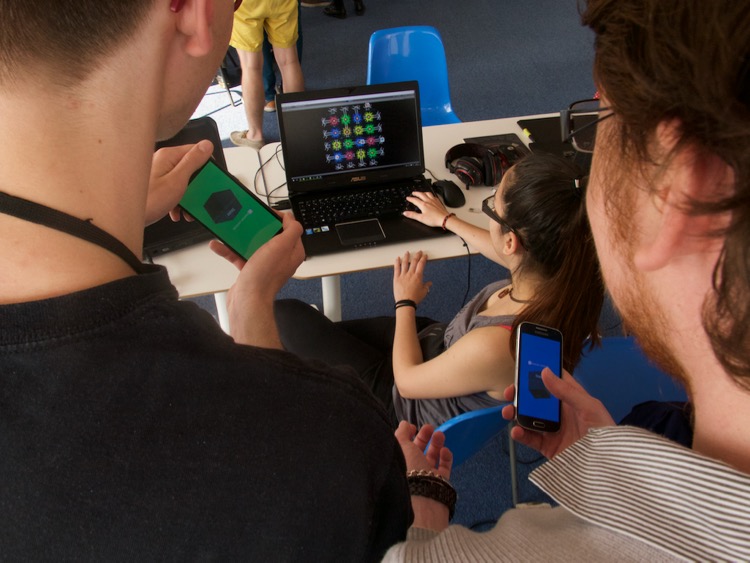
Another approach to incentivise the learning experience and enhance the students’ motivation is the use of gamification strategies. Instead of designing an entire game, which is expensive and requires lots of resources and specialists, gamification is the “use of game design elements in non-game context”. Instead of learning for exams, students learn by solving riddles, finishing missions, or enacting role-playing scenarios. Students are rewarded for their effort by getting points, instead of getting frustrated and stressed through failing exams. Gamification approaches are also used to support teachers e.g. to identify effective argumentation-initiating questions and for promoting collaboration among members of a learning community; to monitor activity, participation and learning processes and help to personalize student e-learning experiences.
Read our article: “Playing cards to design, the city of the future, games…”
Lambert Heller is head of the Open Science Lab at Leibniz Information Center for science and technology University Library, Hanover.
